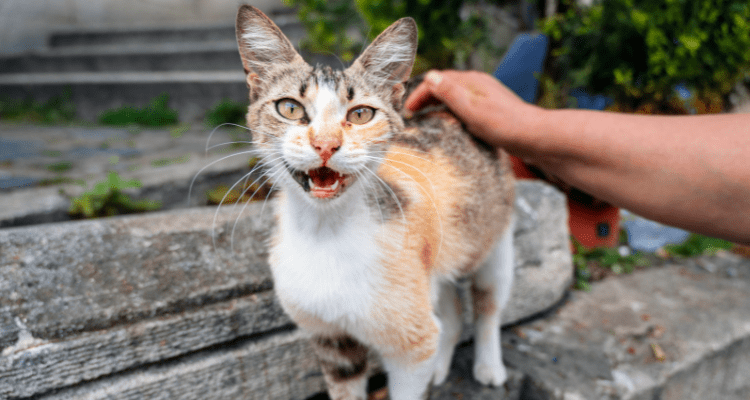
Although cat sounds are different from that of humans, it is surely not less informative. Animal scientists are still finding more evidence supporting cat’s advanced communication skills. Cat uses vocalisations and body language to inform humans and fellow animals about their feelings and intentions.
In this blog, you will get to know some of the most common cat sounds your cat makes and what they are trying to convey.
So let us get started,
Meowing is the most common of the hundreds of sounds a cat makes. Kittens start meowing as infants to attract their mothers, while adult cats meow to communicate with humans mostly. When an adult cat meows, it is usually for food, water, attention or even to clean their litter box. However, they can also meow for other reasons like anxiety, illness, boredom, frustration etc. If your cat is meowing more than usual or it is sounding different, you should contact your veterinarian at the earliest.
A Pur is a soothing and pleasing sound to many cat owners. Your cat usually makes deep, soft and vibrating sounds, when it is happy, comfortable and loved. However, purring sometimes can also signal that your cat is nervous or agitated. So how do you differentiate these two? Just examine the body posture of the cat as it purrs. Unless they look tense or have their ears back, they are most likely purring out of joy.
Chirping is one of the most interesting sounds a cat makes. It is essentially a short, high-pitched call that sounds similar to a bird. It is initially uttered by the mother cat as a contact call to her kittens, although adult cats may chirp to get attention from people or to alert fellow cats or people about something.
A trill is a soft voice that sounds like a purr, although with a higher pitch. Cats often trill to greet and thank their humans for something, like cat treats or snacks. They can also trill when they are feeling happy or excited, or if they want to show you something they have found something interesting outside of your house. If you are a cat owner and you hear this sound from them, know that they are fully happy.
Two of the sounds that tell you your cat has turned hostile and should be left alone are growling and hissing. While a hiss comes directly from a cat’s open mouth, a growl is usually an internal sound produced with their mouths mostly closed. More often than not, a cat’s growl will start and end with a hiss.
Cats growl mainly when they feel cornered or provoked. If they growl or hiss at you, they are essentially telling you to stop whatever you are doing to them. If they produce these sounds at other animals or objects, just remove the perceived threat.
Yowling is a louder, longer meow sound which often indicates a negative emotion experienced by cats. Your cats may yowl to communicate discomfort, boredom, anxiety, pain, illness etc. A howl is similar to a yowl but is generally shorter in duration.
If you see an elderly cat yowling, it is likely signalling the problem of dementia or cognitive dysfunction syndrome. If a cat is yowling when their owners are out of the house, it most likely indicates separation anxiety.
Caterwauling is a loud, long whine made by unneutered females to attract potential mates while in heat. This sound can also be followed by anxious behaviour with your cat trying to get out of the house to meet her mates, who gather in response to the sound. However, if a cat makes this sound that is directed at a family member, it is to show pain, fear, discomfort, or a desire for attention.
Just like yowling, caterwauling can also be a sign of cognitive decline in older cats.
In a Nutshell
Understanding your cat’s various sounds is crucial for offering a loving and caring atmosphere to them in your house. Each sound, from Moew to Yowl, gives you valuable information about their emotional and physical well-being. Once you fully understand their vocalisations, the cats will feel loved and cherished.




